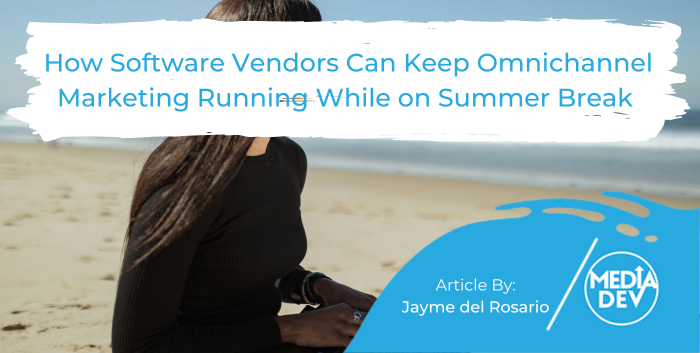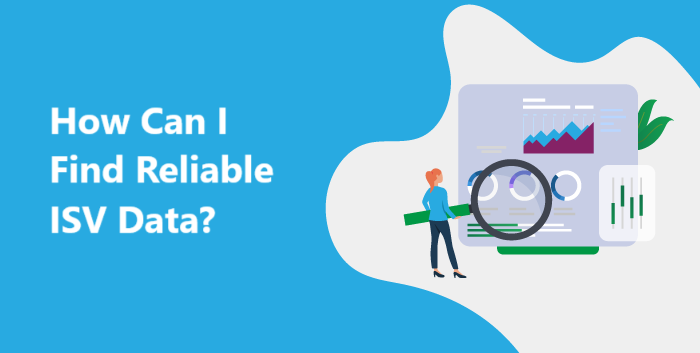A quick overview of the Internet of Things: What it is and how it works
The Internet of Things (or IoT) promises to bring the connectivity of the internet into every facet of our lives, from our homes to our workplaces, and everything in between. Not only does it promise to make the devices we use smarter and more efficient, but it promises to revolutionize how we live and the way we do business.
In a nutshell, it’s connection on crack.
IoT applications are endless and at times mind-boggling:
- Baby monitors will give parents real-time information on their smartphones about their baby’s breathing, skin temperature, position, and activity level in an effort to prevent SIDS.
- Wireless chips in the caps of prescription bottles will send messages to help people stick to their prescription regimens, from reminder messages, all the way to refill and doctor coordination.
- City lighting will intelligently provide the right level of light needed on a city street by detecting the time of day, season, and current weather conditions.
- Retailers will use networked cameras and sensors to detect how customers are engaging with specific products in the store’s layout, and soon you’ll be able to bypass the check-out altogether.
IoT is expected to make impacts in all walks of life because of the endless combinations of applications. For example, when a fire alarm goes off in your home it just beeps, but one day it will talk to your appliances to shut them off, and if needed, send an alert to the fire department and to your phone (to wake you up, or in case you’re not home).
With an expected 75 billion connected devices expected to be in play by 2020, there will be 10 times as many devices able to talk to one another as there are people on the planet. All this data sharing is already starting to transform the way we think and interact with the world around us. And as the Internet of Things expands, marketers will need to adapt more than ever.
A few key stats
- 51% of the world’s top global marketers expect IoT will revolutionize the marketing landscape by 2020 (Marketo)
- In 2008, there were already more “things” connected to the Internet than people, yet only .06% of things that could be connected to the Internet actually were (Cisco)
- By 2020, the total global worth of IoT technology could be as much as $19 trillion (Cisco)
- 94% of B2B businesses have seen ROI on their Internet of Things investments (CSGI)
What does IoT mean for B2B Marketing?
With smart products comes smart marketing: Products as media
As with Fitbit, we will see a rise in products that will serve as platforms for social media. The times of worrying about Big Brother are over! Consumers want to share, flaunt, brag, critique, and engage like never before. Users will become media champions of such products because the product itself will easily allow them to. This is true in the B2C space already but will occur more and more frequently in the B2B space over time.
Using IoT to revolutionize sales
In the B2C world, connected products that are re-ordered automatically when a user is getting low are the next new thing. Amazon has already created dash buttons connecting home WiFi and a link to the Amazon app that can be pressed before you run out of laundry detergent (for example). Soon, this process will be automated and your refill order of toilet paper or ketchup will just show up at your door.
What B2B marketers can learn from this are ways to engage with potential buyers at the right time. IoT significantly improves the timing and delivery of marketing messages and collateral by better tracking the buyer journey (from the time a prospect is on your website until they buy the product; then post-purchase when they are using the product). Some suggest that IoT will use smart data points to plot the influences of market forces, social interaction, and behavioral economics alongside business interactions.
What’s sure is that the ability to target buyers and tailor the sales pitch to fit a prospect’s needs helps drive conversion rates. Engaging potential buyers at the right time with the right messaging is key and with IoT, B2B marketers will have immediate access to data and feedback. This will eliminate the need for focus groups or sending out surveys and waiting for the results. Brands will be able to have ongoing dialogues with their customers and use that data to impact sales faster.
In addition, IoT presents the opportunity for B2B marketers to better understand how customers use a product they’ve purchased; by knowing when and how often users use a product, it will be easier for companies to constantly improve their offerings. They will be able to adapt the product to suit customer preferences to accommodate future consumers like never before.
Building better customer relationships
The sheer volume of customer data that IoT will generate in and of itself is not enough to guarantee a better product or service. While it offers great potential opportunity, it’s also one of the biggest challenges that IoT presents: data overload. Being able to make sense of unorganized data in order to draw conclusions is the most important factor; how will data be analyzed and used to give a company a 365° view of their customers is a question that any IoT strategy must answer. Doing so will help sales reps add value to the conversation by offering meaningful and relevant content at the right time. The successful IoT strategy must integrate seamlessly with other technology and the people who use it.
Conclusion
The Internet of Things presents a fantastic opportunity for optimization, improved business processes, and increased effectiveness for companies and marketers alike. Products that turn users into marketers, order themselves, and integrate into an ecosystem that will increase customer retention are all things that 10 years we only dreamed about; now they are a reality. Leveraging this technology offers a competitive advantage and will allow marketers to better customize their approach to potential clients.
These trends need to be embraced in order to help companies grow — those that don’t will rapidly fall behind.








